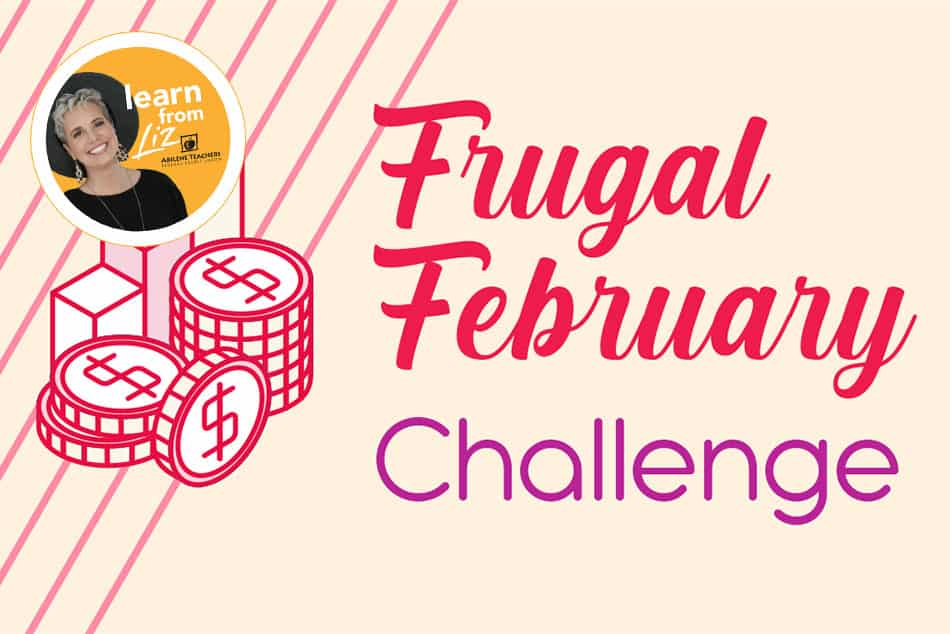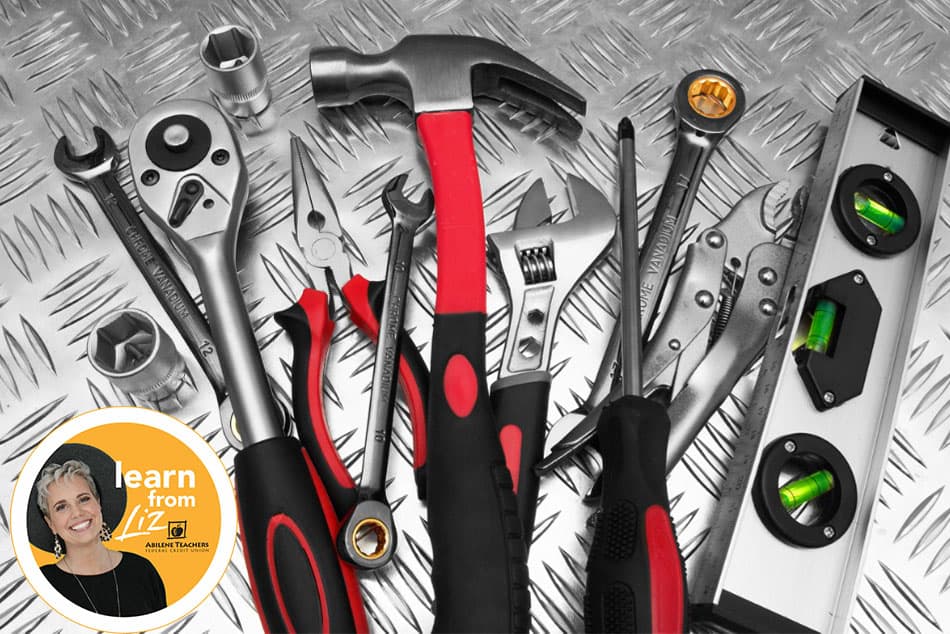6 Steps to Crushing Debt

You and debt are so over. You’ve just about had it with those endless piles of credit card bills and those hideous numbers that never seem to get any lower. It’s time to kiss that debt goodbye!
Getting rid of high debt will take hard work, willpower and the determination to see it through until the end, but it is doable. I’ve outlined six steps to help you start crushing debt today.
Step 1: Choose your debt-crushing method
There are two approaches toward getting rid of debt:
- The snowball method, popularized by financial guru Dave Ramsey, involves paying off your debt with the smallest balance first and then moving to the next-smallest, until all debts have been paid off.
- The avalanche method involves getting rid of the debt that has the highest interest rate first and then moving on to the debt with the second-highest rate until all debts have been paid off.
Each method has its advantages. The snowball method places a heavier emphasis on achieving results at a faster pace, which motivates the debt-crusher to keep going. The avalanche method, focuses more on actual dollars and generally saves the borrower money in overall interest paid on their debts. There’s no right approach, and you can choose whichever method appeals to you more. If you’d like to see how each approach would play out for your specific debt, follow the prompts in the Get Out of Debt coach found in our Banzai! financial education platform.
Step 2: Maximize your payments
Credit card companies are out to make money, and they do this by making it easy to pay just the minimum payment each month. In most cases, this results in paying only the interest without making any progress on the actual principal, thereby trapping millions of consumers in a cycle of endless debt.
Beat the card companies at their game by maximizing your monthly payments. Free up some cash each month by trimming your spending or consider some freelance work. Channel those freed-up or newly earned funds toward the first debt on the list you created in Step 1. Don’t forget to continue making minimum payments toward your other debts each month!
Step 3: Consider a debt consolidation loan
If you’re bogged down by several high-interest debts and you find it difficult to manage them all, you may want to consider consolidating your debts into one low-interest loan. A personal loan from Abilene Teachers FCU can provide you with the funds you need to pay off your credit card bills and leave you with a single, lower-interest payment to make each month. If a personal loan is not something you want to open, consider getting a credit card through ATFCU with our ‘lower than most’ interest rate. We charge only a 1% balance transfer fee. Or, you can transfer your credit card balances to another card with a low-interest or no-interest introductory period. Be aware, though, that you will get hit with high interest rates when the introductory period is over.
Step 4: Build an emergency fund
As you work toward pulling yourself out of debt, it’s important to take preventative measures to ensure it won’t happen again. One of the best ways you can do this is by building an emergency fund. Ideally, this should hold enough funds to cover your living expenses for three to six months. Start small, squirreling away whatever you can in a special savings account each month, and adding the occasional windfall, like a work bonus or tax return, to beef up your fund.
Step 5: Reframe your money mindset
Sometimes, like when there’s a medical emergency or another unexpected and expensive life event, a consumer can get caught under a mountain of debt through no fault of their own. More often, though, there is a wrongful money mindset at play leading the consumer directly into the debt trap.
As you work on paying off your debts, take some time to determine what got you into this mess in the first place. Are you consistently spending above your means? Is there a way you can boost your salary or significantly cut down on expenses? Lifestyle changes won’t be easy, but living debt free makes it worthwhile.
Step 6: Put away the plastic
Credit cards are an important component of financial health and the gateway to large, low-interest loans. However, when you’re working to free yourself from debt, it’s best to keep your cards out of sight and out of mind. To keep existing cards active, consider using them to pay fixed monthly bills (such as a gym membership) but only do this if you know you will pay off the charge in full before it’s due. Learning to pay your way using only cash and debit cards will also force you to be a more mindful spender.
Kicking a pile of debt can take months, or even years, but there’s no life like a debt-free life. Best of luck on your journey toward financial freedom!


